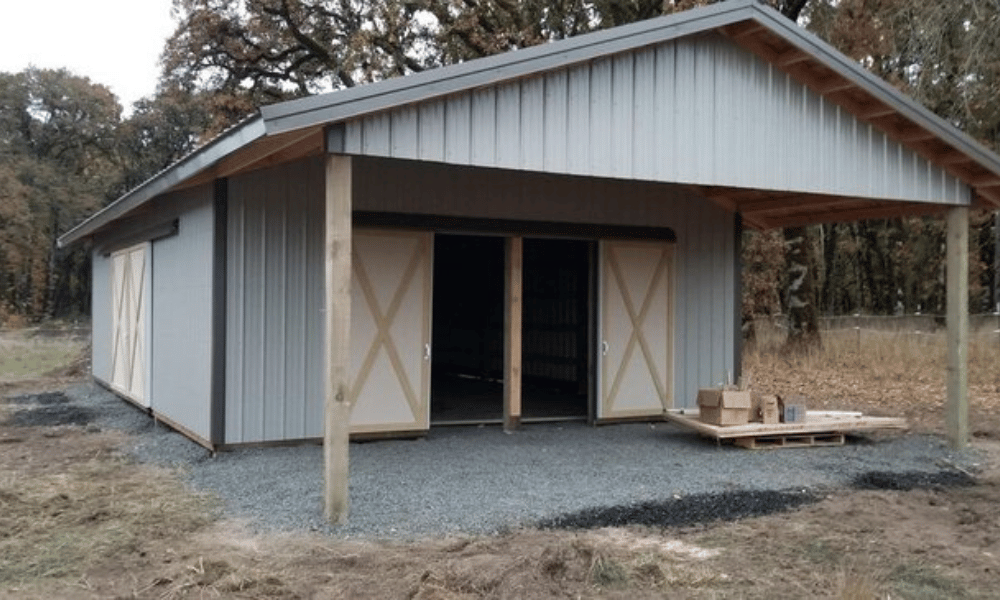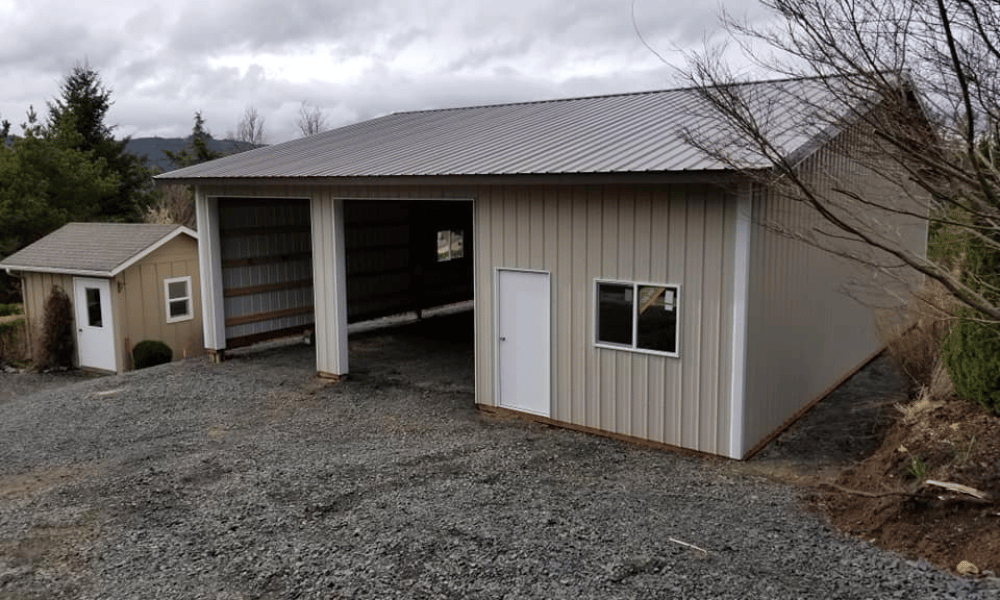Introduction
Building a structure, whether it's a cozy home, a functional barn, or an elegant gazebo, is about more than just assembling materials. It’s about constructing confidence in your abilities to create something lasting and beautiful. This comprehensive guide will walk you through the ins and outs of construction, focusing on how to build effective and aesthetically pleasing structures.
From understanding foundational principles to the final touches that bring your project to life, we’ll cover everything you need to know. So grab your tools, roll up your sleeves, and let’s dive into the world of construction!
Understanding the Basics of Construction
What is Construction?
Construction is the process of creating a building or infrastructure. It involves planning, designing, financing, and executing various tasks necessary for erecting structures. Whether it’s commercial or residential construction, each project has its unique requirements.
Types of Structures You Can Build
- Residential Buildings: Homes and apartments designed for living. Commercial Buildings: Offices, malls, and business spaces. Industrial Structures: Factories and warehouses. Agricultural Structures: Barns and silos.
Importance of Planning in Construction
Planning is crucial because it sets the foundation for success. Without a well-thought-out plan:
- Budgets can spiral out of control. Timelines may not be met. Quality can suffer.
Key Elements of Effective Planning
Budgeting: Allocate funds wisely to avoid overspending. Scheduling: Create a timeline with milestones to track progress. Design: Ensure your design aligns with local regulations.Constructing Confidence! Learn How To Build an Effective and Beautiful Structure with These Simple Steps.
When embarking on a construction project—be it a pole barn for agricultural use or a family home—the key lies in following simple yet effective steps that ensure quality while building confidence in your abilities as a builder.
Step 1: Define Your Purpose
Before you pick up any tools, define what you want to achieve with your project:
- Will it serve as storage? Is it intended for livestock? Is it purely aesthetic?
Understanding your purpose helps inform every decision thereafter.

Step 2: Research Local Building Codes
Every region has specific codes that govern construction practices:
- Check zoning laws. Understand safety regulations. Consider environmental impact assessments.
Being aware of these codes will save you time and potential legal issues down the line.
Step 3: Choose Your Materials Wisely
The materials you choose greatly affect both aesthetics and durability:
Common Material Options:
| Material | Pros | Cons | |----------|------|------| | Wood | Aesthetic appeal; easy to work with | Prone to rot in humid climates | | Steel | Durable; low maintenance | Higher upfront cost | | Concrete | Strong; fire-resistant | Heavy; requires specialized skills |
For example, if you're constructing a pole barn primarily used for storage or housing livestock, wood might be an economical choice due to its availability and ease of use.
Design Fundamentals for Beautiful Structures
Creating an Aesthetic Design Plan
Design isn’t just about function; it’s also about making sure your structure looks good too!
Key Design Principles
Balance: Ensure visual stability by distributing elements evenly. Proportion: Maintain size relationships between different parts. Harmony: Use colors and materials that complement each other.Tools for Designing Your Structure
Digital design software like SketchUp or AutoCAD can help visualize your ideas before committing resources.

Construction Techniques You Should Know
Foundation Types: Which One is Right for You?
The foundation supports the entire structure; therefore choosing the right type is critical:
Slab Foundations: Great for warmer climates where frost isn’t an issue. Crawl Space Foundations: Ideal for areas prone to flooding. Basement Foundations: Offers additional space but may require more investment.Framing Techniques Explained
Framing refers to putting together the skeletal structure of your build:
Common Methods Include:
- Stick Framing: Traditional method using vertical wall studs. Post-and-Beam Framing: A robust option where large posts support beams directly.
If you're building a pole barn, post-and-beam framing can provide significant structural integrity while allowing open interior spaces free from columns.
Essential Tools for Construction Projects
Hand Tools Everyone Should Own
Hammer Tape Measure Level ScrewdriversThese basic tools are essential for almost any construction task.
Power Tools That Save Time
Consider investing in power tools like drills and saws that make tasks easier and quicker than manual alternatives.
Safety First! Construction Safety Guidelines
Why Safety Matters
Safety should never be compromised during construction projects; accidents can lead to severe injuries or even fatalities.
Basic Safety Practices
Always wear protective gear (helmets, goggles). Keep work areas tidy to avoid tripping hazards. Be aware of electrical hazards when working near existing wiring.FAQs About Building Structures
1. What is the best material for constructing a pole barn?
Answer: The best material often depends on location; however, treated wood is commonly used due to its resistance against rot when properly maintained.
2. How long does it typically take to build a pole barn?
Answer: Depending on complexity and size, building a pole barn can take anywhere from several days to several weeks if all goes according to plan.
3. Do I need permits before starting construction?
Answer: Yes! Most municipalities require permits before beginning any major construction projects—always check local regulations first!

4. Can I build my own structure without hiring professionals?
Answer: Absolutely! Many DIY enthusiasts successfully complete their own projects; however, complex builds may benefit from professional input at certain stages.
5. What's the average cost per square foot for constructing a barn?
Answer: Costs vary widely based on materials used but typically range from $20–$50 per square foot depending on complexity and finish level desired.
6. How do I ensure my structure's longevity?
Answer: Regular maintenance—like checking seals around windows/doors—along with using quality materials will pole barn significantly extend lifespan!
Conclusion
Constructing confidence through building effective structures—be it homes or barns—is achievable when broken down into simple steps that anyone can follow! From defining purpose through careful planning right up until finishing touches are applied—every aspect matters!
Whether this journey leads you toward creating functional agricultural buildings like pole barns or beautiful residential homes—you now have the knowledge needed under your toolbelt! Remember that every nail hammered brings you closer not just towards completing physical structures but also fostering an unshakeable belief in yourself as capable builders ready tackle future challenges head-on!
So go ahead—roll those sleeves back up again after reading this guide because confident builders create amazing things every day!